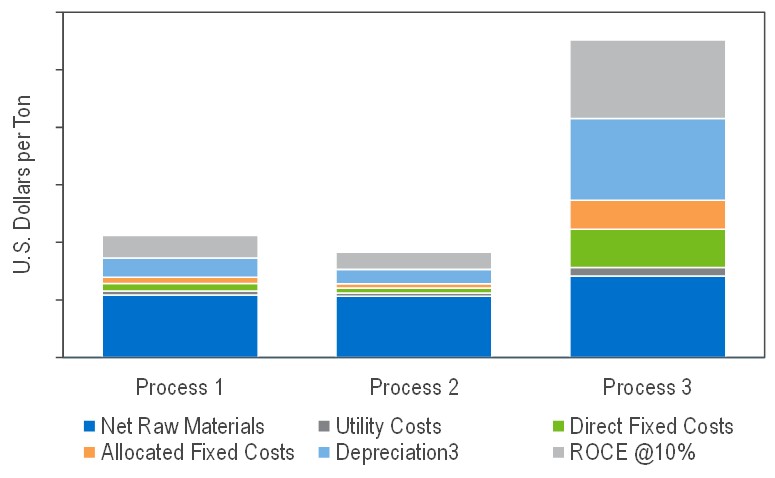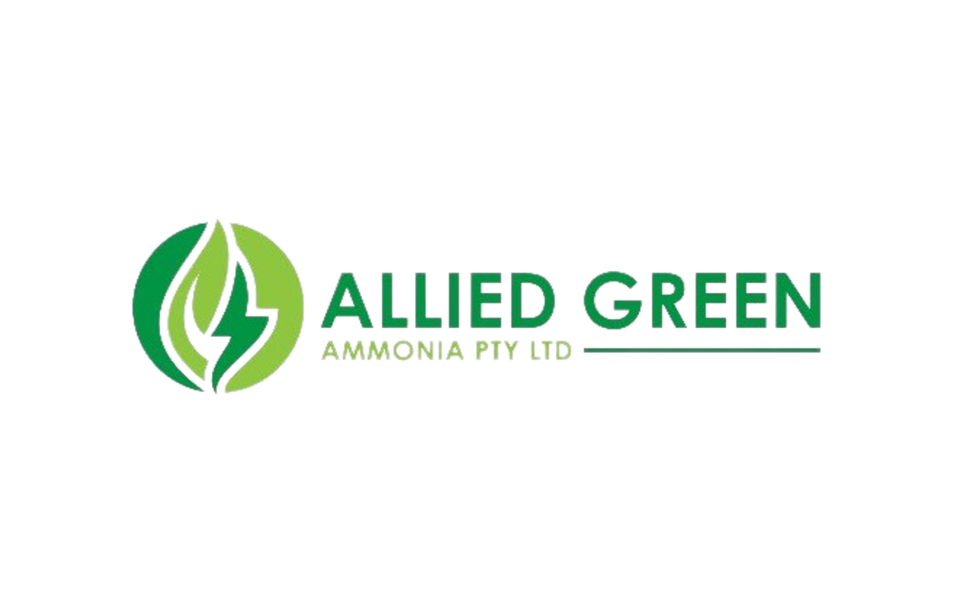News
New TECH Report - PTMEG/Spandex (2024 Program)

PTMEG/Spandex is one in a series of reports published as part of NexantECA’s 2024 Technoeconomics – Energy & Chemicals (TECH) program
Overview
Polytetramethylene ether glycol (PTMEG) is a key ingredient in the production of a variety of elastomeric urethane products and is a major component of spandex fibers. Minor applications are as the soft block in co-polyester and co-polyamide elastomers, and in a number of very small miscellaneous applications. PTMEG has few uses, even in small volumes, in applications where it is not a monomeric input to a polymeric species.
By far the largest end-use for PTMEGs are in the production of Spandex fibers. Spandex has numerous advantages over such rubber filaments, the most important of which is its higher modulus. Typically, for a given denier, spandex has at least twice the recovery of rubber. This gives it an advantage over natural fibres when used in garments.
This TECH report covers the traditional and commercial technologies for producing PTMEG and Spandex, addressing questions such as:
- What processes are currently employed for PTMEG and Spandex production?
- What new developments PTMEG and Spandex have emerged?
- How does cost change for the different methods and locations of PTMEG and Spandex production?
Commercial Technologies
The majority of PTMEG produced by polymerizing THF with an acidic heterogeneous catalyst and controlling molecular weight through the presence of precise amounts of acetic acid/anhydride which serve to end-cap the growing chains. Spandex can be prepared by reacting a polymeric glycol with a diisocyanate to form a “capped glycol”. This is reacted with a difunctional chain extender to form the polyurethane or polyurethane urea in solution, and dry-spinning the solution through a heated spinning column.
Process Economics
Detailed cost of production estimates for various technologies are presented for the United States and China locations. Estimates are developed for both PTMEG and Spandex.
Cost of Production Comparison for PTMEG and Spandex Production
Commercial Overview
All commercially important end-uses for PTMEG are as a monomer in a higher molecular weight polymeric material. Most of these application areas yield elastomeric urethane products, which have end-uses largely in industrial and consumer durables.
PTMEG is the main raw material in the production of spandex fibers. These highly elastic fibers are found in many textiles. While lightweight, spandex fibers are long-lasting, smooth to the touch and are readily dyeable. They also resist humidity, environmental pollutants and microbes across a wide temperature range. Spandex fibers are used in a host of textile products such as clothing, sportswear, compression garments, medical products and shapewear
Contact a member to our Insights & Analytics team to find out more about this report
About Us - NexantECA, the Energy and Chemicals Advisory company is the leading advisor to the energy, refining, and chemical industries. Our clientele ranges from major oil and chemical companies, governments, investors, and financial institutions to regulators, development agencies, and law firms. Using a combination of business and technical expertise, with deep and broad understanding of markets, technologies and economics, NexantECA provides solutions that our clients have relied upon for over 50 years.




